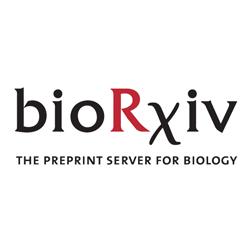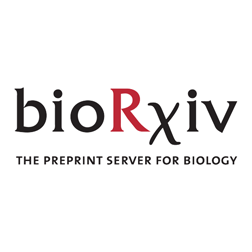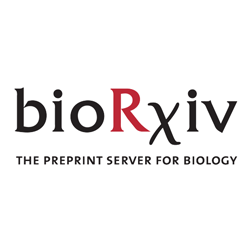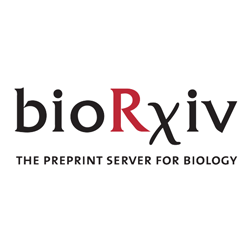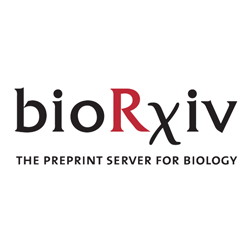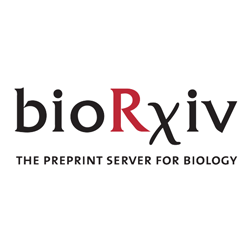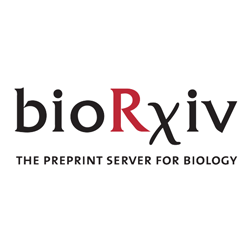
Cannabidiol Reduces Oxycodone Self-Administration While Preserving Its Analgesic Efficacy in a Rat Model of Neuropathic Pain
Prescription opioid misuse is a significant public health concern among individuals with chronic pain. Treating severe pain often requires high doses of opioids, increasing the risk of developing an opioid use disorder. Cannabidiol (CBD) is a non-psychoactive component of cannabis that has shown therapeutic potential without abuse liability. This study investigated the effects of CBD on oxycodone self-administration and hyperalgesia in an animal model of chronic neuropathic pain. Adult male rats were trained to self-administer intravenous oxycodone (0.06 mg/kg/infusion). Subsequently, they underwent chronic constriction injury (CCI) of the sciatic nerve or received sham surgery. Paw withdrawal latency was measured using the Hargreaves test as an indicator of thermal pain sensitivity. CBD (0, 1, 3, and 10 mg/kg, IP) was administered before the self-administration sessions, and pain testing was conducted afterward. The rats acquired oxycodone self-administration, as indicated by more active than inactive lever presses. CCI surgery decreased the paw withdrawal latency, confirming the induction of neuropathic pain. CCI alone did not affect oxycodone self-administration, suggesting that neuropathic pain does not affect opioid intake. Treatment with CBD reduced oxycodone self-administration in both the sham and CCI rats. Oxycodone self-administration in the CCI rats reversed the CCI-induced decrease in paw withdrawal latency. However, CBD did not affect the antinociceptive effect of oxycodone in CCI rats. Taken together, these findings demonstrate that CBD reduces oxycodone self-administration without affecting the antinociceptive effects of oxycodone in neuropathic pain. This study supports the potential of CBD to reduce opioid use and misuse, regardless of pain status. ### Competing Interest Statement The authors have declared no competing interest. National Institute on Drug Abuse, , DA049470, DA046411
